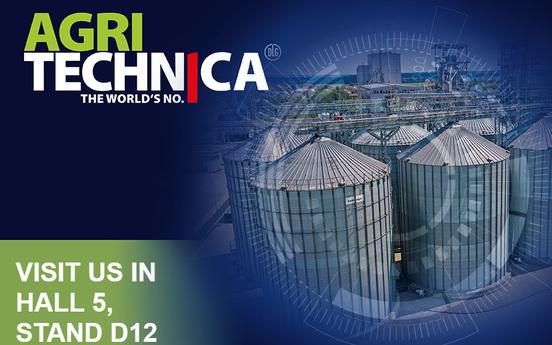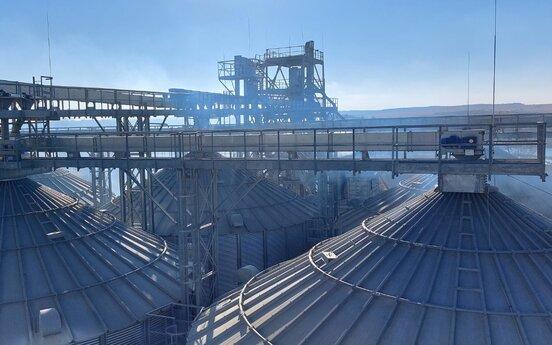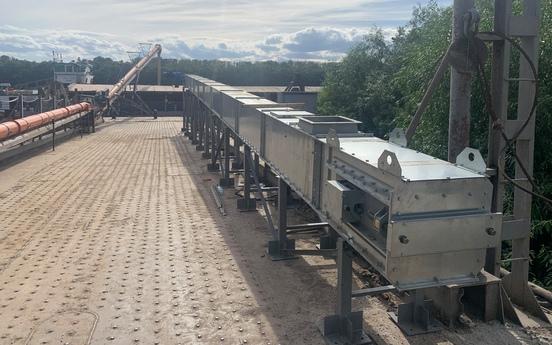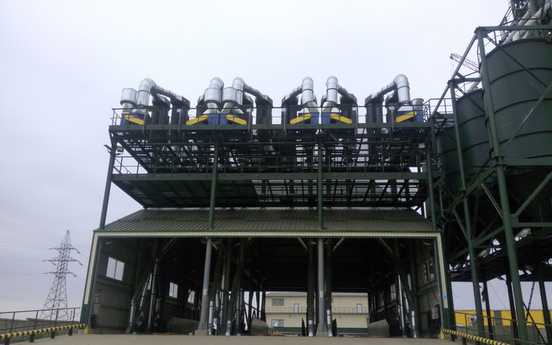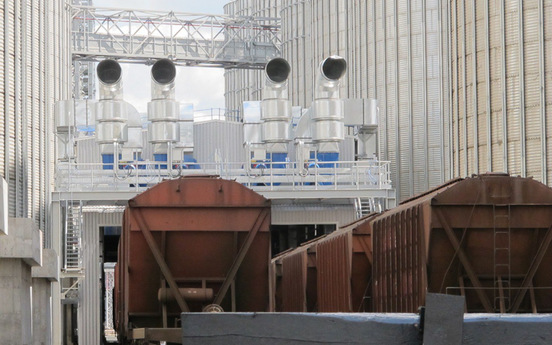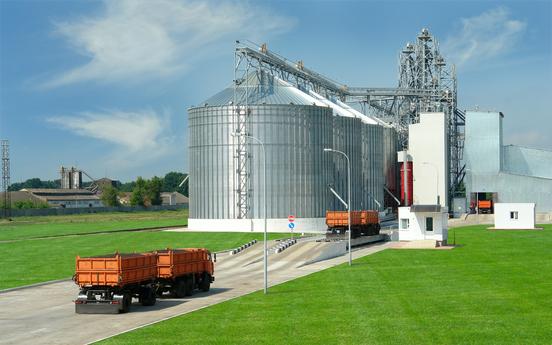Grain separator: how to increase profits through proper cleaning
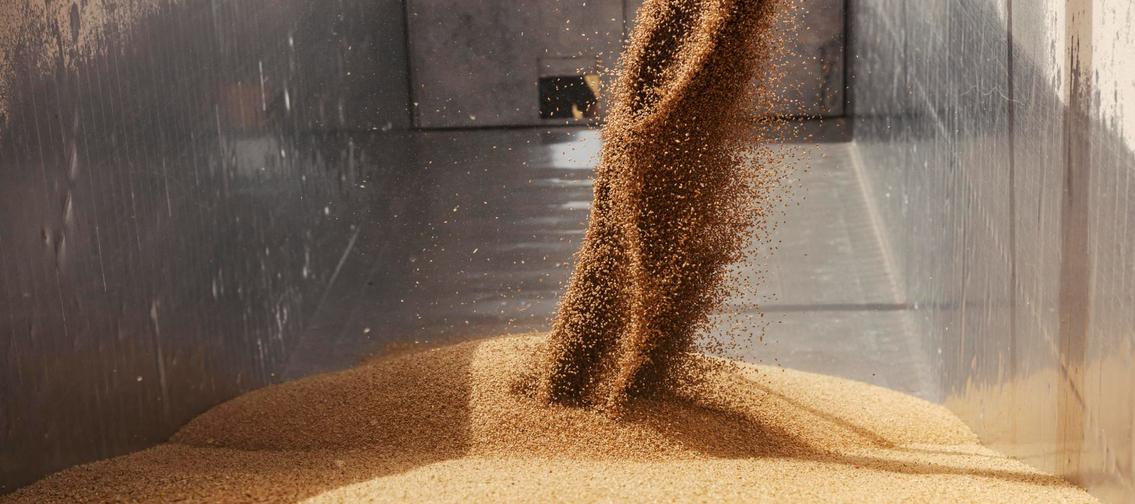
In today's agribusiness environment, post-harvest grain preparation is not just a necessary step, but a real investment in product quality and farm profit. The correctness of grain cleaning determines its market value, storage life and further use as seed or raw materials for processing. In this process, a separator plays a leading role, allowing for effective grain cleaning and minimizing the amount of impurities.
Let's take a look at what a separator is, how separation works, what characteristics to look for when choosing one, and give practical advice on how to improve grain cleaning efficiency.
What is a separator?
A separator is a specialized grain cleaning machine used to separate grain mass into fractions with different properties. It works on the principle of separating material by size, shape, density or aerodynamic characteristics. A modern grain separator is equipped with fans, sieves, and pneumatic systems that ensure grain separation and impurity removal.
A grain separator can be a separate unit or a part of a grain cleaning complex. Its task is to clean the grain qualitatively before storage or processing.
Grain separators are divided into several types depending on the design and principle of operation. The most common ones are:
- Sieve and drum – sift crops through a sieve with different holes.
- Air – removes light impurities through an adjustable air flow.
- Aspiration – use air flow to remove fine impurities, dust and light fractions from the grain mass.
- Screw (triple) – sort the material by length.
Using a grain separator is a guarantee of standardized product quality that meets market requirements.
How separation helps to increase profits
A high-quality grain cleaning separator is a tool for increasing farm profitability. First, separation minimizes storage losses. Weed residues, dust, and dirt cause self-heating of the grain mass and its spoilage. Thanks to thorough grain cleaning, these risks are reduced, which allows you to sell your products at a higher price.
Secondly, a grain cleaning separator helps to prepare grain for sale in export markets, where strict quality requirements are imposed. Clean, uniform seeds command a higher price because they are easier to transport and handle.
In addition, modern grain separators save resources. They consume less electricity compared to older models and reduce maintenance costs thanks to their sophisticated design.
Finally, the grain cleaning methods used in modern grain cleaning equipment allow you to separate fractions according to the desired characteristics, preserving more of the conditioned product without damage.
What to look for when choosing a grain cleaning separator
Choosing a grain separator is a strategic decision for an agricultural business. Some tips from Grain Capital:
- Productivity. Estimate how many tons of seeds per hour the unit can process. Large farms require high-performance solutions.
- Type of impurities. Understanding the composition of contaminants will help you choose the right combination of sieves, screens and air channels.
- Flexibility of settings. The ability to change modes for different crops allows you to use one machine for cleaning different types of crops.
- Reliable design. Ukrainian manufacturers offer competitive models that can withstand intensive use in difficult conditions.
- Operating costs. Electricity consumption, ease of maintenance, and availability of spare parts all affect the long-term economics of the project.
Before purchasing, it is also advised to consider the availability of service support and a warranty. Sometimes it is more profitable to invest in a more expensive grain separator, but with better features and service.
Tips for increasing the efficiency of the separator
To keep your grain separator running as efficiently as possible, it is important to follow a few guidelines:
- Regularly check and clean the ventilation ducts and grates to avoid blockages.
- Maintain friction units and drives in a timely manner using lubricants recommended by the manufacturer.
- Correctly adjust the air flow rate and sieve inclination depending on the crop being processed.
- Use the correct mesh combinations for each crop.
- Use a qualified operator who understands the operation of the machine and the principles of grain cleaning.
- Perform scheduled maintenance, even minor malfunctions can reduce the quality of grain cleaning.
Investing in a high-quality grain separator is not just an expense, but an important step to increase the profitability of your farm business. Modern grain separators allow for efficient grain cleaning, increase its quality and market value, and minimize losses.
When choosing a grain separator, you should focus on the needs of the farm, take into account the types of crops and possible impurities. Involving qualified specialists and following technical recommendations will help to maximize the potential of the equipment.
Regardless of the scale of the farm, a properly selected grain separator can become a reliable assistant for years, ensuring a consistently high level of productivity and quality of your products.

